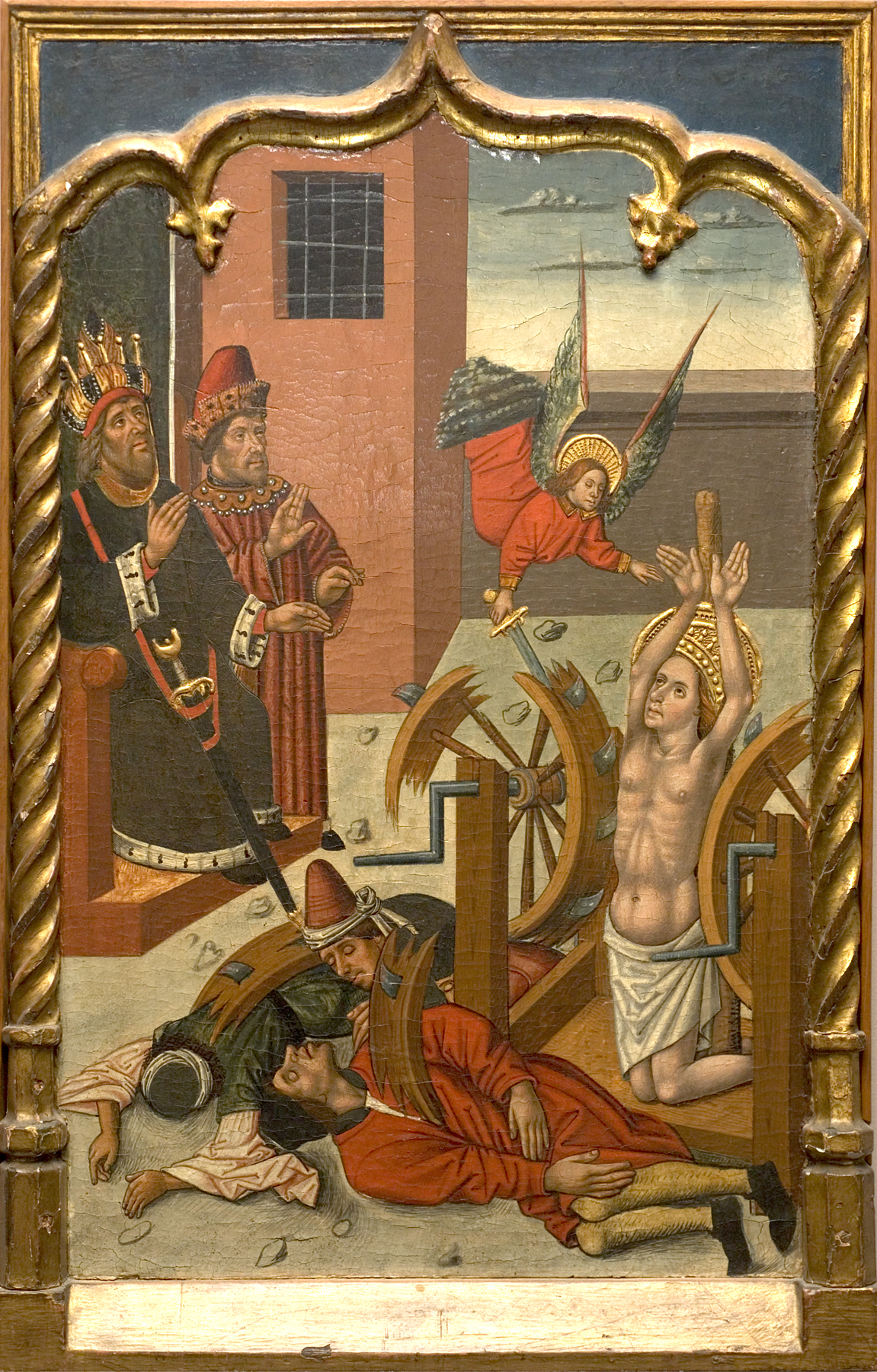Ordeal of the Wheels, Juan de la Abadía the elder
Artwork Overview
Juan de la Abadía the elder, artist
active 1470–1500
Ordeal of the Wheels,
before 1491
Where object was made: Kingdom of Aragon (present-day Spain)
Material/technique: panel; gold leaf; oil
Dimensions:
Canvas/Support (Height x Width x Depth): 80 x 49.5 cm
Canvas/Support (Height x Width x Depth): 31 1/2 x 19 1/2 in
Canvas/Support (Height x Width x Depth): 80 x 49.5 cm
Canvas/Support (Height x Width x Depth): 31 1/2 x 19 1/2 in
Credit line: Museum purchase
Accession number: 1960.0069
Not on display
If you wish to reproduce this image, please submit an image request


